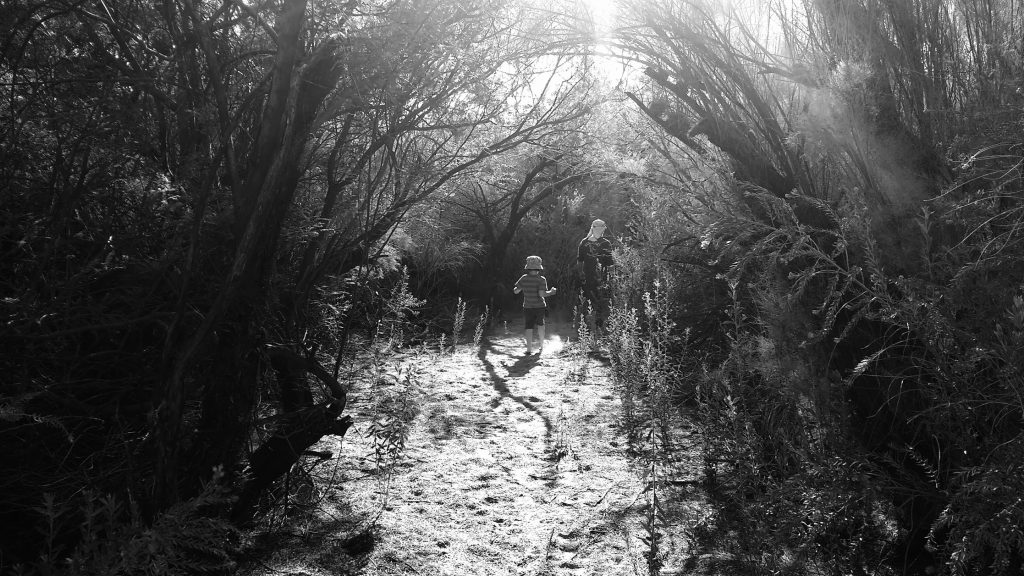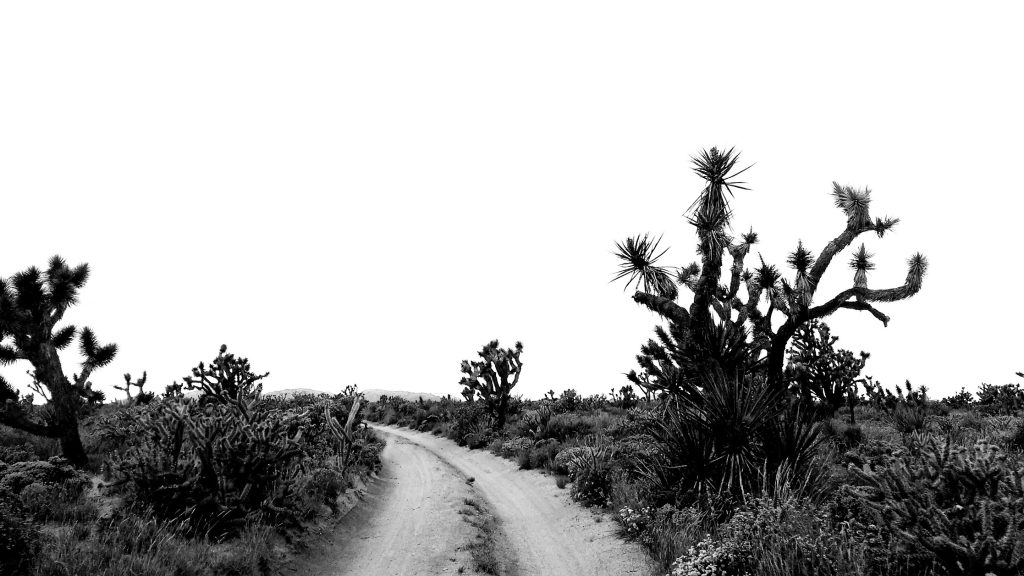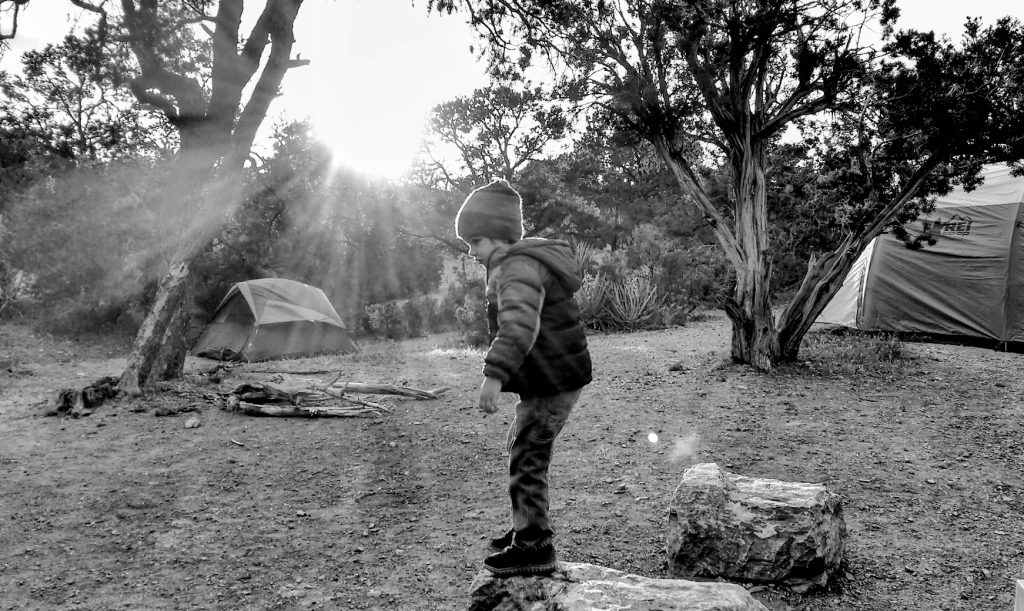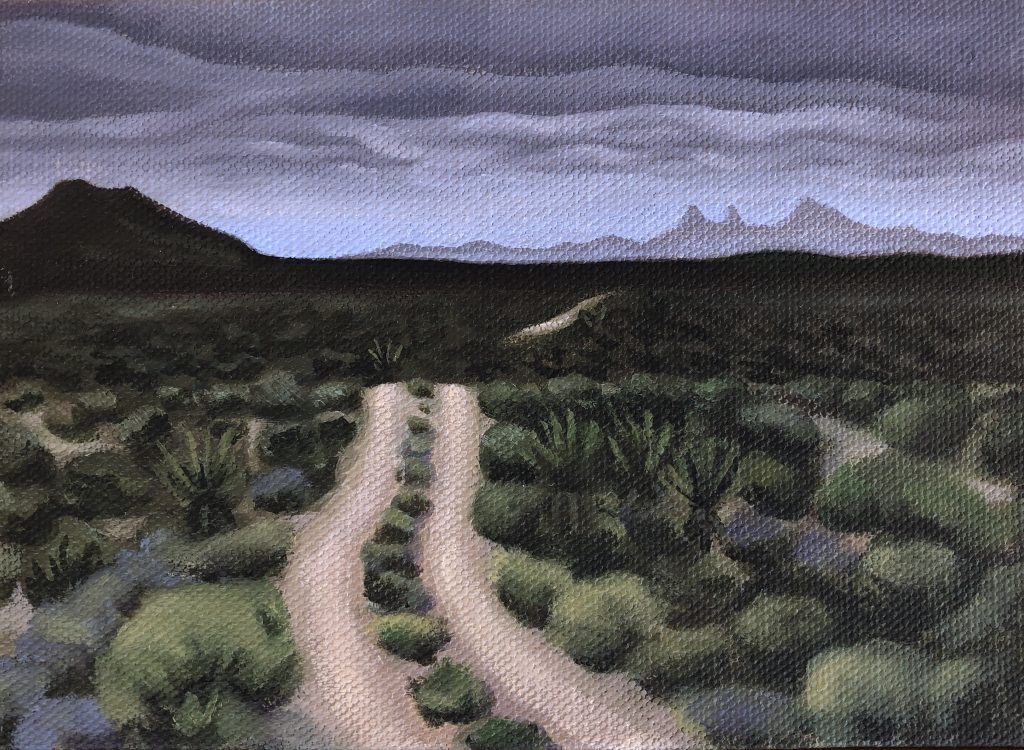The road back to oil painting
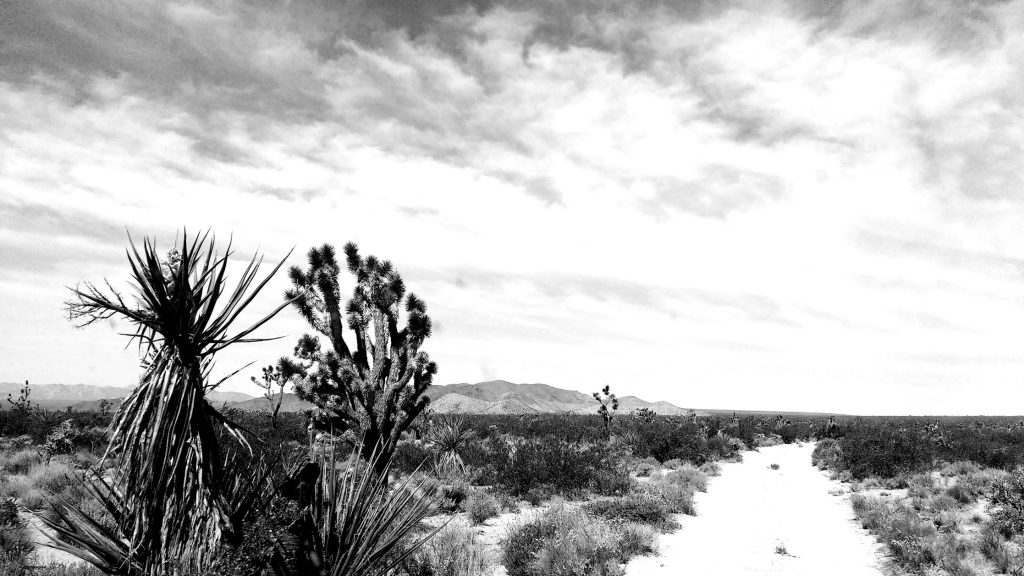
In 2017, my family and I embarked on an unforgettable adventure along the Mojave Road, marking my return to painting with oils after a hiatus of about ten years. With our trusty old Landcruiser, we joined a friend on our first official overland trip. Over the course of three days, we immersed ourselves in driving and camping, experiencing the longest duration I had ever spent in any desert at that point.
The desert landscape saturated my senses, sparking an intense inspiration within me. I can vividly recall the trip from reading my journal entries starting from May 8, 2017, when we found ourselves at the Big Bend of Colorado State Park, preparing to embark on our trek across the historic Mojave Road…
In the shade, the heat radiated from the surrounding rocks and dirt, permeating the air. The sun’s intensity made the temperature practically unbearable. I pondered how the temperature would be along our journey on the Mojave Road, and despite the heat, my excitement for this driving adventure remained unwavering. I had brought watercolors and my camera, hoping to capture the inspiration that awaited me. The anticipation grew as we lounged at the camp, and earlier in the day, we had the refreshing experience of walking down to the beach of the Colorado River. The water, measured at around 60 degrees by the park ranger, offered a rejuvenating escape as I floated around until my fingertips turned white.
May 10 marked the last night of our trip, and my senses were still buzzing with delight from the previous two days. Oh, the sights! I found myself visually captivated by the array of textures, light, and skies we encountered throughout our journey. One day, scorching heat; the next, a brisk, cold, and windy atmosphere; and then another day, hot as an oven. The vast sky showcased big, dramatic clouds against a never-ending canvas of blue. And then, as if transitioning into a new chapter, not a cloud in sight—just an open, vast expanse of the sky. The terrain beneath us shifted, with rocks crunching under the tires one moment and sand slipping beneath us the next. Hard-baked earth formed mounds along our path, while low bushy shrubs scattered across the sandy landscape. Vibrant colors emerged from every direction—yellows, purples, greens, and orange-red earth. Majestic Joshua trees adorned the scene, with festive needles reaching skyward. The inspiration was overwhelming, leading me to capture the essence of the experience through black and white photos taken with my trusty old film Canon camera. Each composition felt like a true reflection of what I desired to preserve. The perfect images to forever remember this visual journey.
And so, on that last night of our trip after completing the roll, I decided to rewind the film. I pressed the release button and began manually winding it, only to realize there was no tension and there was nothing winding. It was then that I realized I had loaded the camera improperly, and not a single frame was taken. A heavy realization settled over me, weighing down my heart with the loss. Meanwhile, the moon rose over the eastern mountain range, appearing big, bright, and almost full. Its radiance illuminated the interior of our tent throughout the night as I lay there awake, the images I had hoped to photograph playing vividly in my mind.
One of those images was of Simon and Gabriel standing beside a rear tire of the Landcruiser, in a vast open landscape with expansive clouds in the sky and distant mountains decorating the horizon. Simon was demonstrating to Gabriel how to release air from the tire, called “airing down” for better handling in the sand. Simon squatted down, his profile facing directly towards the tire, while Gabriel crouched to his right, facing me. Simon, slightly blurred in the foreground, and Gabriel, in focus, was a special moment as his eyes met the camera. Oh, my gosh, it would have been an amazing shot.
Another memorable moment I wished to capture was at the end of the first day on the Mojave Road when I was feeling somewhat moody. We had become disoriented while searching for a campsite, driving in a big wash while dark clouds rolled in. I felt nervous about the possibility of a flash flood. Eventually, we slowly ascended out of the wash onto a road that I thought was taking us away from our intended route. This added to my stress, as we had used more gas than expected. I believed that veering further from our route was a bad idea. Eventually we found a campsite, but a “No Camping” sign dampened our spirits. It felt desolate and eerie, with a foreboding presence. The gray cloud loomed overhead, intensifying my unease, and the camping restriction didn’t help either. After consulting the map again, we decided to venture five miles off the road and discovered a fascinating sandy-colored, round boulder outcropping, where a potential campsite with a fire pit presented itself. We drove towards it, only to find a gruesome scene—a pile of slaughtered bunnies, their heads scattered. It was creepy, and disturbing. There was no way I was camping there, so we turned back to find another Campground. But I still carried a sense of unease. Upon our arrival, the worry lifted and it felt like we entered a completely different ecosystem. There were some sort of pine trees, possibly Juniper trees, providing shade. It had a mountainous feel, and the site itself had a calming atmosphere. I felt the desire to be alone, so I took my camera and headed towards the sun behind our site, possibly facing west. There, I stumbled upon a patch of beautiful pines that had been charred from a fire. Only their trunks and branches remained, standing tall on a hill above me. As I looked up at them, their silhouettes against the sun’s rays brought me a sense of hope and peace. I captured these trees in three different compositions, ensuring I could preserve the tranquil feeling they evoked. During the night, I heard coyotes yipping, chattering, and howling, as if they had gathered where I stood taking those photos in the charred patch.
During our journey, we came across various interesting plants and flowers. Although we couldn’t identify them, we gave them creative names. One plant resembled a caterpillar with its green furry appearance, so we named it the “caterpillar plant.” Another plant had long, thin, bendy stems and delicate yellow star-shaped flowers, resembling a mess of stars in the night sky, so we called it the “yellow star.” There were also two different purple flowering plants and a shrub with little white puff balls on it. Our time spent observing these plants and flowers was beautiful, and we even joked about looking both ways before crossing the road, despite knowing no one was coming.
We also visited a cave and stopped by a hill to capture pictures of Yucca plants and yellow flowers against the cloudy sky. As we ventured through the Joshua Tree forest at a different elevation, we took several photos. There, we encountered an old bus riddled with bullet holes, and we photographed the children excitedly exploring the scene.
I mentioned having several images firmly etched in my mind, and I planned to create an album about our trip. Fortunately, we had some digital photos from our phones, and Simon brought a good digital camera. We also had plenty of videos, ensuring our trip was thoroughly documented. However, I felt a sense of loss regarding my artistic expression since the film photographs I took didn’t capture my intended visions.
Despite this, I acknowledge the incredible experience of the trip and recognize that the memories and stories we created cannot be fully retold. While the images may fade from my memory, the feeling of losing them will remain. Nevertheless, I express gratitude for the amazing journey we had completed, and the memories will continue to hold their significance.
A few weeks after we returned home from our trip and I had edited some of our digital photos into black and white images, hoping to recreate some of the images I had lost, I still felt an unfulfilled need for expression. It was then that I decided to unearth my oil painting supplies. As I rummaged through my belongings, I found my tubes of paint dried up and crusty, a testament to the passage of time. However, my old brushes and easel were still waiting for me, as if beckoning me to rediscover my artistic passion.
I felt a mixture of excitement and intimidation as I stared at the blank canvas before me. Where do I begin? It had been so long. Doubts and insecurities crept into my mind, but I knew deep down that I had to give it a try. I didn’t want to let the loss of those images dampen my creative spirit. So, with a renewed determination, I decided to start small. I purchased a tiny 5×7″ canvas, a size that felt manageable and less daunting. It lowered the stakes of what I was about to do and allowed me to experiment freely.
With the canvas in front of me and a selected photo from our trip that resonated deeply within me, I began to recreate the memories of The Mojave Road. The smell of the linseed oil, the luscious texture of mixing the colors, and the application of brush to canvas brought me a sense of tranquility and purpose. The play of light and shadow, the vastness of the desert, and the intricate details of the plants and flowers all came to life. It was a cathartic process, a way to capture the essence of our journey and preserve it in a tangible form.
From that moment on, I knew that my journey with oil painting had been reignited. The lost images might never be fully recovered, but through painting, I had discovered the best way for me to express our experience and evoke the emotions that were once captured in those fleeting moments. After that I was eager to paint again.
The Mojave Road, oil on canvas, 5×7″, 2017
